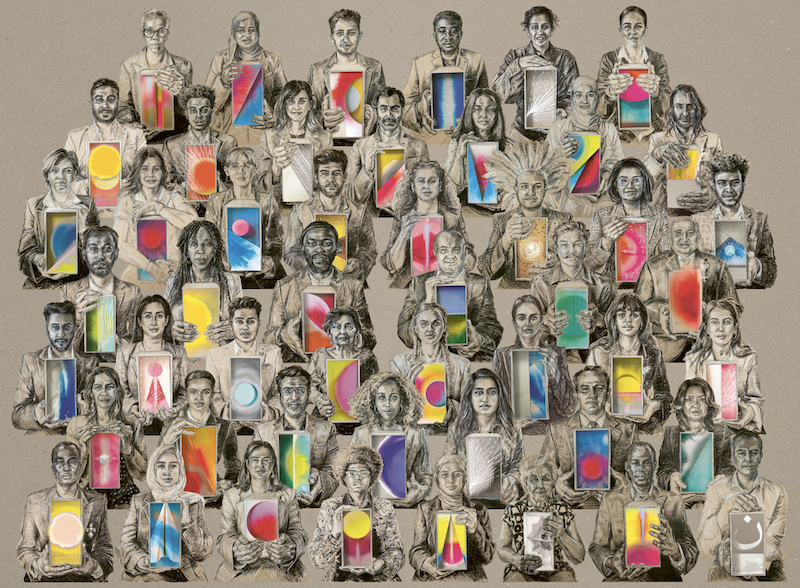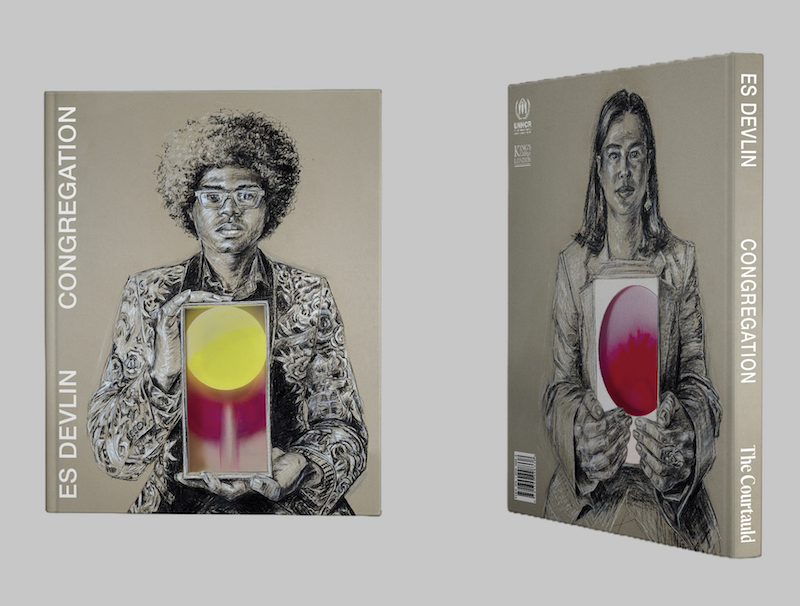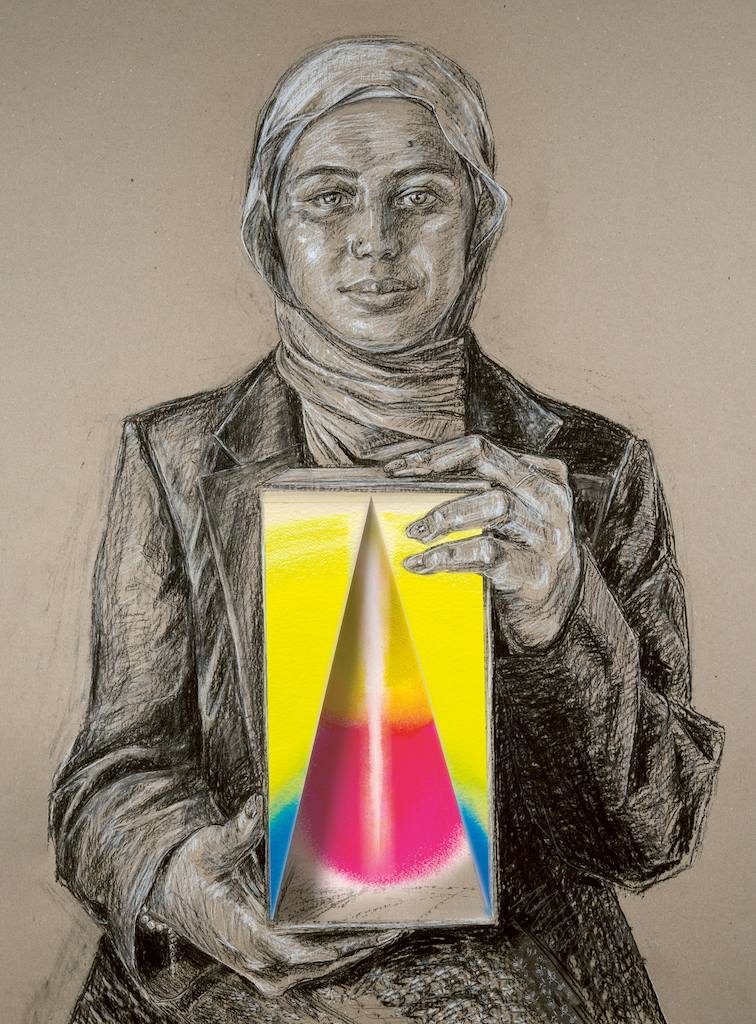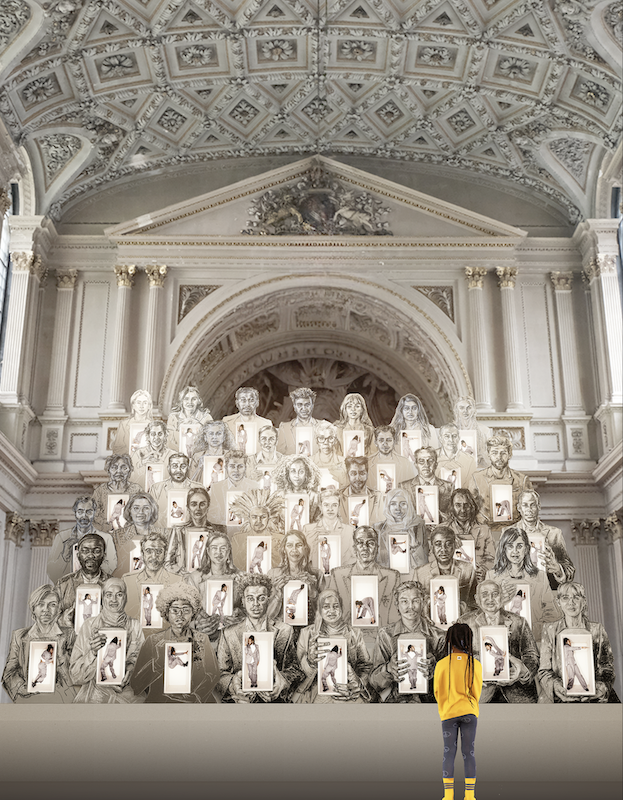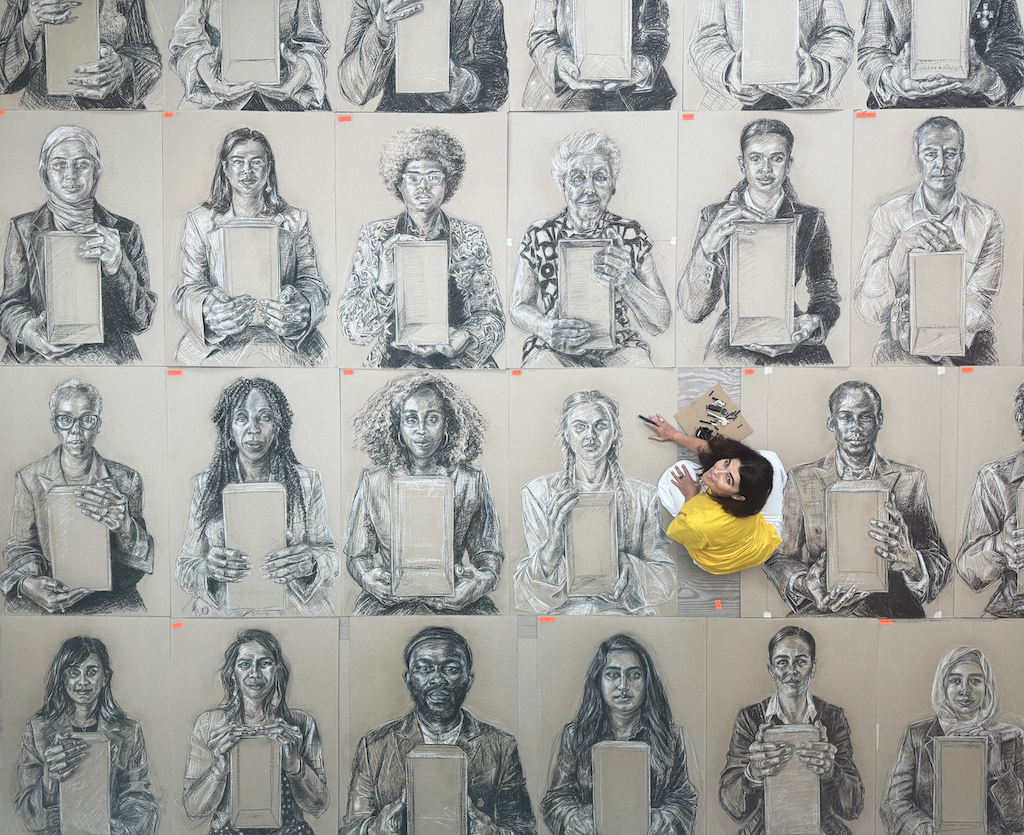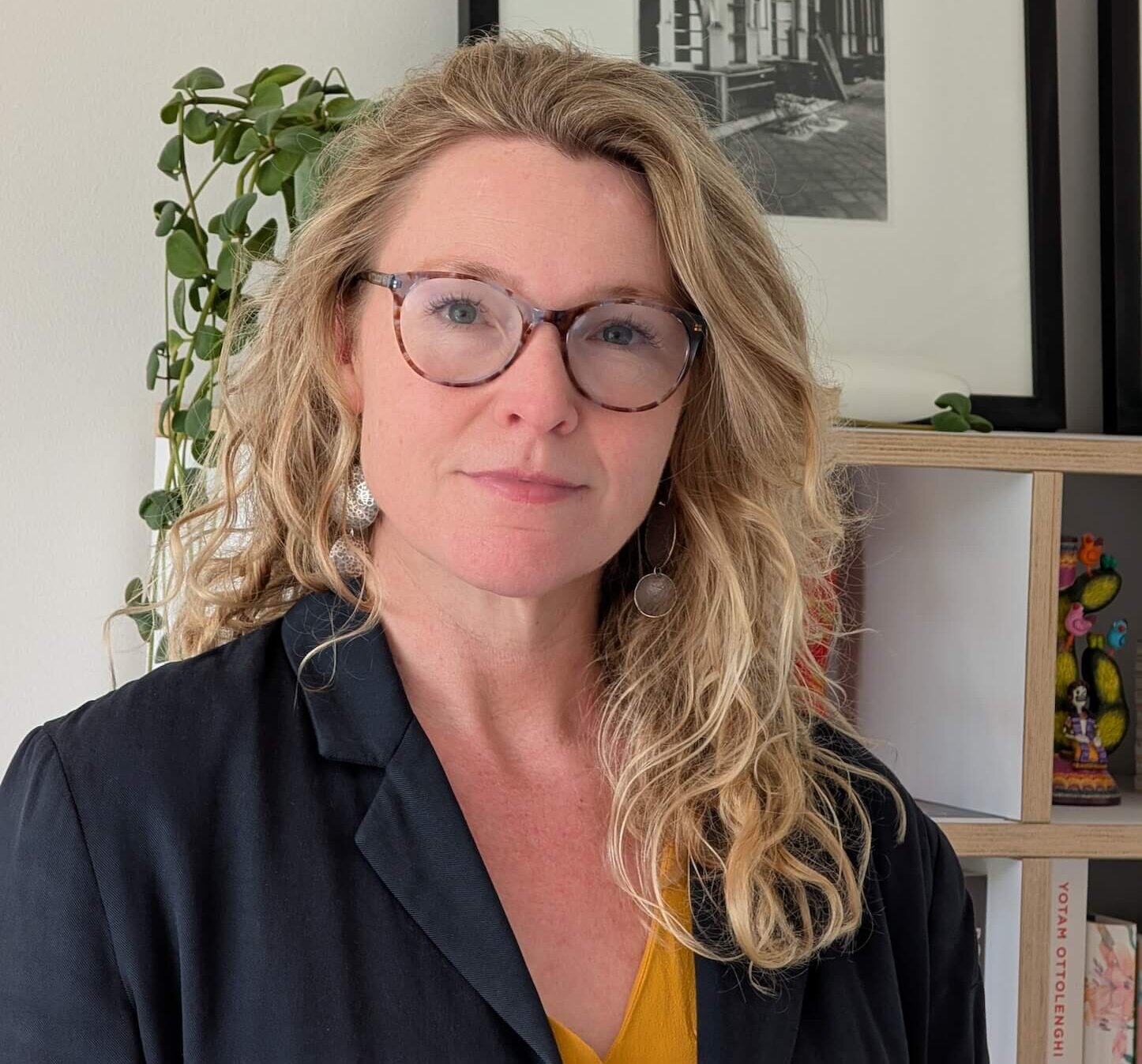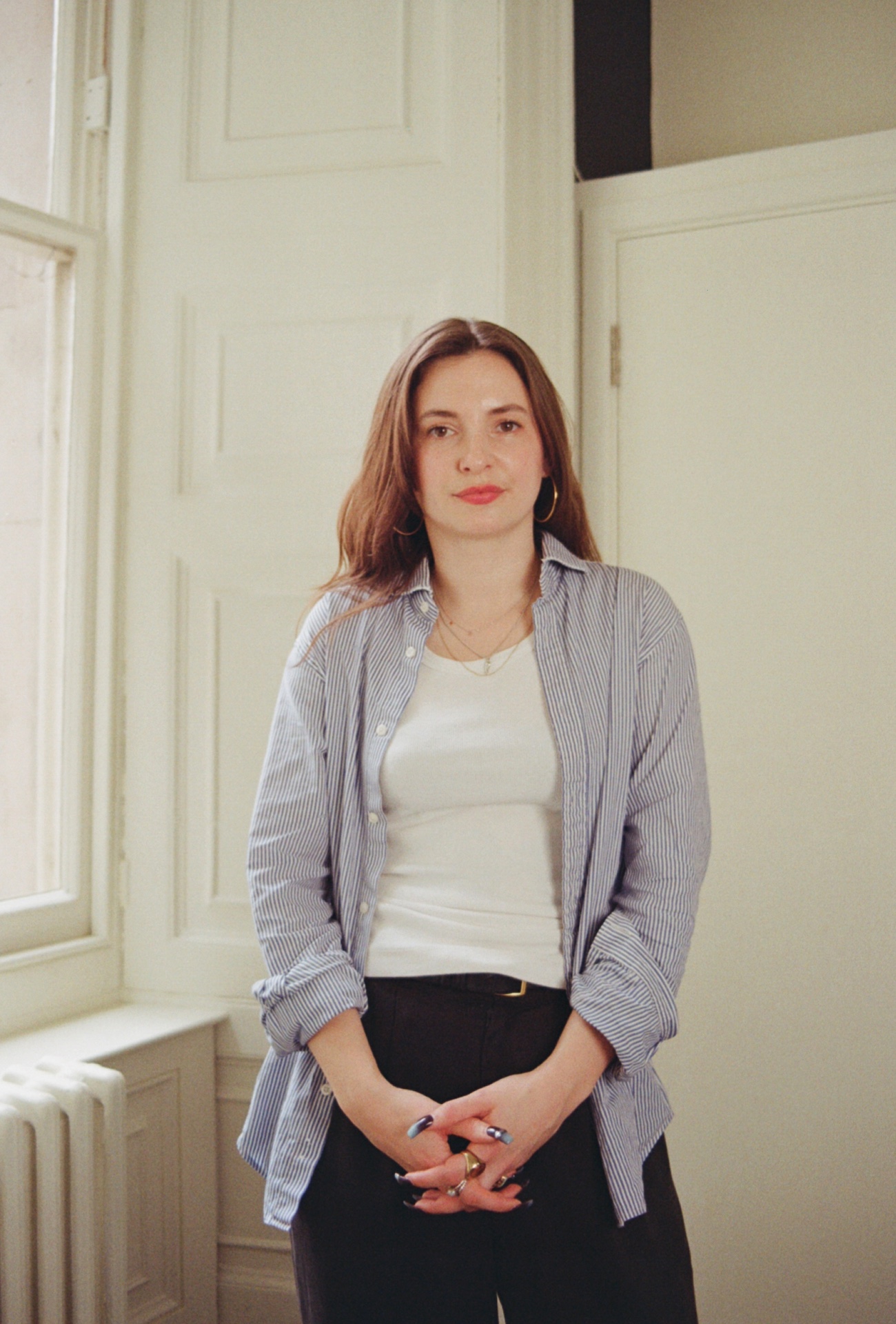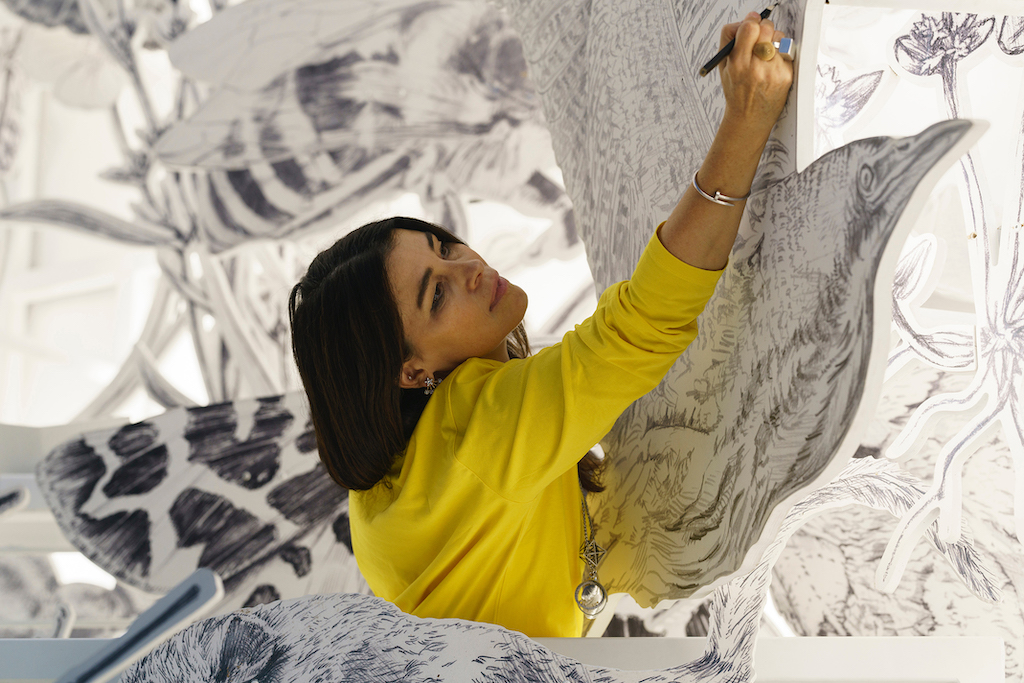

Interview Artist and Stage Designer Es Devlin
Devlin’s public sculptures and installations have inhabited the Tate Modern, the V&A, and the Serpentine to name a few, and her stage designs have wowed audiences at the Royal Opera House and the National Theatre, as well as during the Olympic Ceremony and Super Bowl. She’s also made work for Beyoncé, The Weeknd, Dr Dre, Kendrick Lamar and U2’s stages. As the artist unveils her latest project in London – Congregation, for UNHCR at St Mary le Strand from 3 – 9 October 2024, The Wick caught up with the unstoppable creative force.
THE WICK: What does your Monday morning routine look like?
Es Devlin: I try to wake without an alarm if possible! Usually at 7am I spend the first 20 minutes looking at the line of light that lands on a blank wall through the gap between my blinds. Sometimes I photograph or film it: it’s my daily meditation, a way to connect with our nearest star before the day begins.
TW: You are about to open your next installation Congregation, curated by Ekow Eshun – presenting 50 large scale portraits of Londoners who have experienced forced displacement from their homeland, and made in response to the history of St Mary Le Strand, the first of 12 churches to be completed according to Queen Anne’s commission of 50 new churches to replace those lost in the Great Fire of London. What was the inspiration for this work?
ED: I was moved in 2022 by the generosity of spirit with which we, as a country and as individuals, offered support to those displaced by the war in Ukraine. I wanted to understand why we have not yet been drawn to show an equivalent abundance of support to those displaced in comparable circumstances from other countries including Syria, Sudan, South Sudan, Afghanistan, Yemen, Eritrea, Democratic Republic of Congo, Uganda and many more. I went to UK for UNHCR to learn more about the numbers and contexts of the 117 million people currently displaced globally, and the experiences of refugees now living in the UK.
TW: What was the process like making Congregation?
ED: I am beginning each portrait without knowing my sitter/co-author’s story. For the first 45 minutes I am drawing a stranger: I am drawing not only a portrait of a stranger, but also a portrait of the assumptions I inevitably overlay: I am drawing my own perspectives and biases. I am trying to draw in order to better perceive and understand the structures of separation, the architectures of otherness that I suspect may stand between us and the porosity to others that we are capable of feeling when these structures soften.
TW: Your installations often blur the lines between art, architecture, and technology. What excites you most about pushing these boundaries?
ED: I think these divisions between forms of expression are historically a relatively recent imposition: as recently as a few centuries ago Christopher Wren’s contemporary Robert Hooke could equally be considered an artist, a physicist, a surveyor, an architect, a philosopher, astronomer, geologist and a meteorologist. I think the separations are now softening into a more multi-hyphenate future.
TW: You’ve collaborated with some of the most iconic names in music and theater: Beyoncé, Adele, U2, The Weeknd and Lorde, to name a few. Is there anyone you’d love to work with in the future?
ED: Joanna Macy, the scholar of systems theory, ecology and Buddhism and David Abram – the geo philosopher and slight of hand magician.
“I’ve learned to see London through the eyes of those who seek refuge here: their pride in being Londoners makes me happy to be one too.”
Es Devlin
